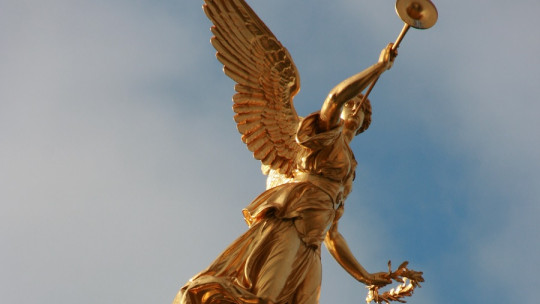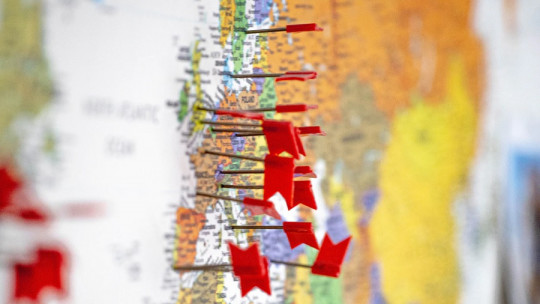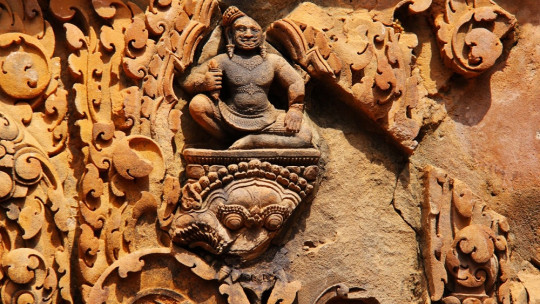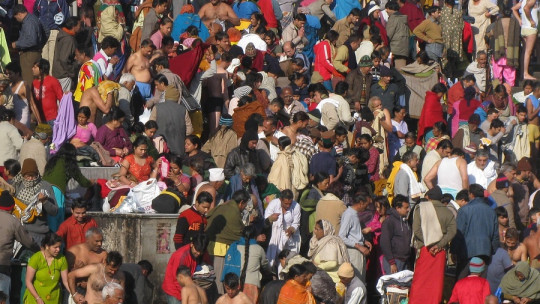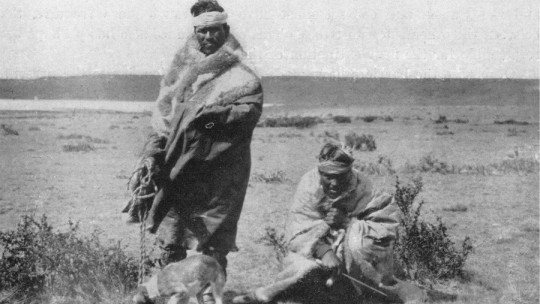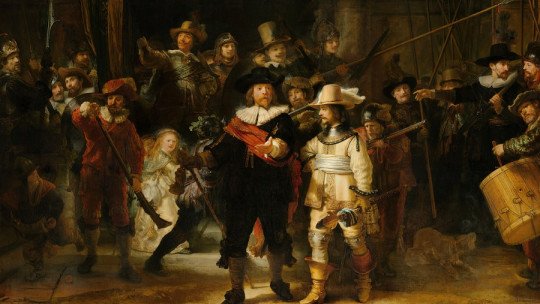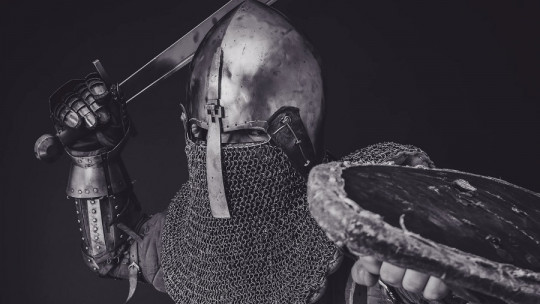
History is the discipline that studies the events that have happened throughout the past. Although it studies the past in its entirety, whether or not there are human beings, history traditionally focuses on some of the contexts, situations or experiences that are specifically human.
There are many branches of history, and below we will see some of the best known such as the history of art, the history of religion or universal history.
What is History?
History is a social science that is responsible for the study of the past, traditionally that of humanity As a discipline, history addresses any period in the past, with or without human beings present, but there is a consensus that its symbolic beginning occurred with the appearance of writing and, therefore, there begins to be a more or less written record. less reliable of events. What comes before the appearance of writing is called “prehistory” but it is also considered part of history.
People who are experts in history are historians and among the most important of all time we have Herodotus and Thucydides, the first being called the father of history for his way of studying and explaining historical events. The methods of both historians have shaped and shaped history as the discipline we know today.
There are many branches of history and, in fact, we could say that there is one for practically any of the areas that can come to mind. To mention a few, we can talk about military, social, cultural, diplomatic, religious, intellectual, gender, public history… Likewise, it is very important not to confuse the branches of history with its aspects, which are mainly the following two:
1. Historiography
Historiography is the set of techniques and methods of review, analysis and production of knowledge about history
2. Historiology
Historiology, also known as “Theory of History”, encompasses the set of explanations and methods to deduce and understand why and how certain historical events occur
The main branches of History: a summary of its objectives and themes
As we have commented, there are many branches of history, there being one for practically any type of human area. The main and most commonly studied ones are the following:
1. Military history
Military history places special emphasis on war strategies, battles, weapons, combat psychology and any phenomenon related to the course of a war that has been of great historical importance.
Relatively recently, in the 1970s there was a paradigm shift in military history. It is from then on that we begin to pay more attention to soldiers instead of generals and more to military psychology than to tactics In addition, they began to study how war impacts society and its culture.
2. History of cartography
Cartography is more of a branch of geography although it has a direct relationship with history. The history of cartography is interested in the methods of spatial representation of the planet, that is, how the world has been represented on maps, atlases and planispheres along the history.
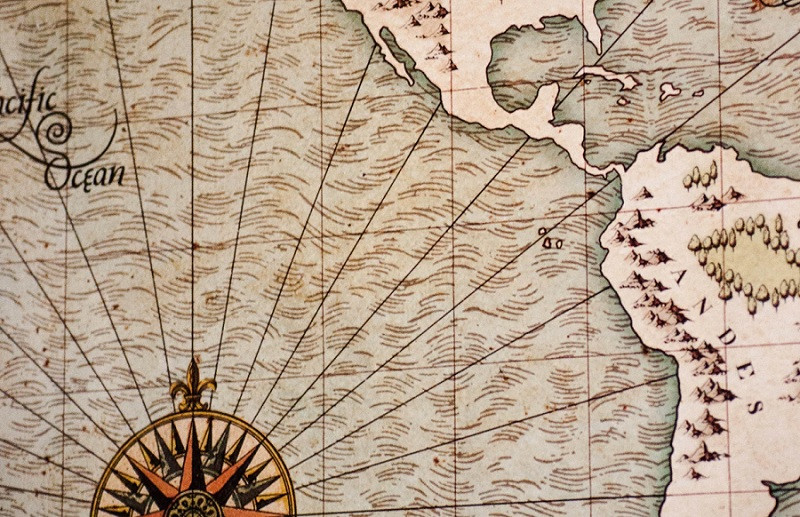
3. History of religion
The history of religion studies the forms of religious and mystical manifestation that have occurred in all types of cultures throughout its history, putting them in relation and studying their influences and characteristics. ANDstudies how the creeds have developed and evolved along with their political, cultural and artistic dimensions whether focusing on its theology or analyzing the liturgy.
4. Social history
Social history focuses on ordinary people, their experiences and strategies, and how their actions have promoted changes in political institutions. Social history is considered a bridge branch between several others such as political, intellectual, economic and many more.
This branch of history It had a golden age during the 1960s and 1970s and, today, it has a great presence in every history and sociology faculty Before its golden age, social history was a mix of diverse topics, often including political movements such as populism.
5. Intellectual history and ideas
Intellectual history is based on the work of great intellectuals or famous people whose ideas have shaped the world in one way or another. So this branch of history It not only focuses on the figure of important figures but also on their ideological and intellectual paradigms or on “anonymous” ideas in general regardless of whether they have been good or bad for humanity: Marxism, atheism, nationalism, fascism, republicanism, humanism…
6. History of the genre
Gender history is a branch that looks at the past from a gender perspective and, in many ways, could be called women’s history. It focuses attention on how people have held privileges or have been repressed based on their gender, with the female gender usually being the worst off.
7. History of art
Closely related to cultural history, The history of art puts the focus on artistic forms of expression This discipline does not focus on a single type of artistic movement or the creative representations of a certain ethnic group, but rather addresses the extensive study of any artistic representation from any part of the world and how it has evolved over time.
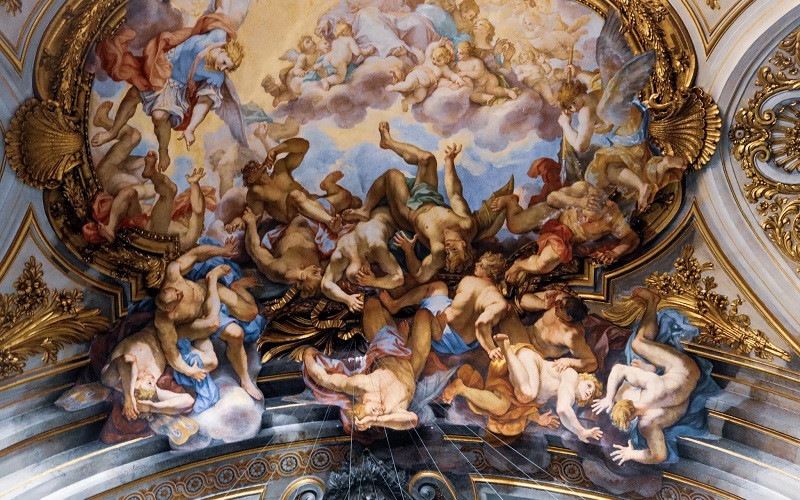
8. Historical linguistics
Historical linguistics is the field of knowledge that is responsible for studying the change of languages over time and the process of linguistic change. This discipline is of great importance in the study of the diachronic evolution of languages and also serves to classify languages based on their common origin He also studies contact between peoples, routes of expansion and cultural influences between linguistic communities.
9. Diplomatic history
diplomatic history studies the relationships between sovereign states It takes special emphasis on the diplomacy of two or more nations, their international relations, their strategic alliances, history of common wars or diplomatic conflicts. It also studies the phenomena that lead to peace and respect for human rights.
10. Economic history
Economic history is responsible for studying the history of individual business organizations, business methods, a government’s market regulation laws, labor relations, large economic systems, and the impact of each type of economy in society. Also included in this branch of history is the study of the biography of individual companies, executives and entrepreneurs.

11. Environmental history
Environmental history studies and analyzes human interaction with the environment over time. This branch highlights the active role that nature has had in human history and how the interaction of both has led to changes in both, since the human being is conditioned by the environment and, in turn, the environment is modified. by human action.
environmental history It emerged in the United States as a result of the environmental movement during the 1960s and 1970s To this day it is still very relevant, being the driving force of all types of movements against climate change and the destruction of forests and large environments to be protected.
12. World or universal history
World history, also called global history, universal history or transnational history, is responsible for studying history taking a global perspective and tries to find common patterns that occur in all cultures. World history and the works that talk about it present the history of humanity as a whole, as a more or less coherent unit with some differences at the local level
Any book or work that attempts to talk about world history will do so taking as its principle the appearance of writing until the most recent times. It covers the most important events of each historical period and of all countries, or at least those that have had a huge impact on making the world the way it is today. Taking a Western perspective, world history is usually divided into three parts: ancient, medieval and modern.
13. Cultural history
The cultural history combines the approaches of anthropology and world history to examine aspects such as language, popular traditions and cultural interpretations of the historical experience of a people and uses records and narrative descriptions of events, customs, iconography and artistic styles.
This branch gained much relevance during the 1980s and 1990s, replacing social history as the dominant branch. It is related to other branches of history since it also touches on aspects such as religion, politics and socioeconomic aspects of each ethnic group studied.
14. Public history
Public history is an umbrella concept that includes a wide range of professional and public activities carried out by people who have some training in history but work outside academic settings They are all those professions and environments that bring history to the general public.
The practice of public history takes its roots in the areas of historic preservation, archival science, oral history, museum maintenance, and other related crafts. Among the most common settings where we can find public history are museums, historic houses, theme parks, battlefields, archives, libraries, film and television companies that make documentaries, and all levels of government.
15. History of law
The history of law is responsible for how throughout the history of humanity the law has been formulated, applied and exercised based on social and institutional perceptions of what was considered a crime or a moral failure. This branch of history investigates legal texts, changes in laws throughout the history of a country, the extent to which religion has influenced penal codes (e.g. Sharia)…

